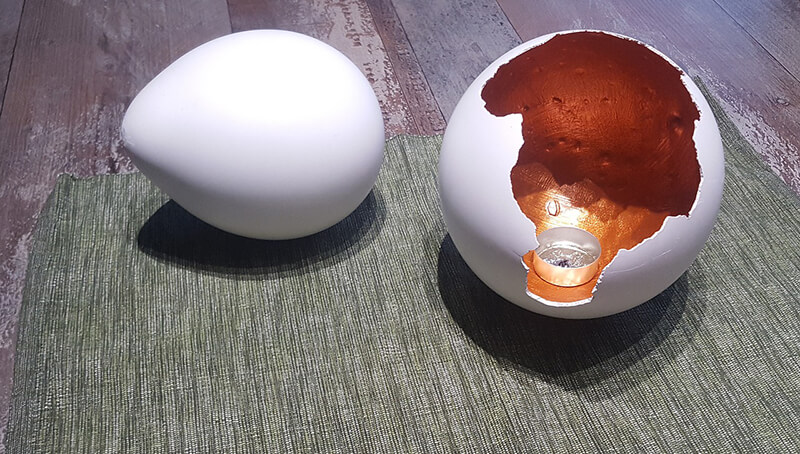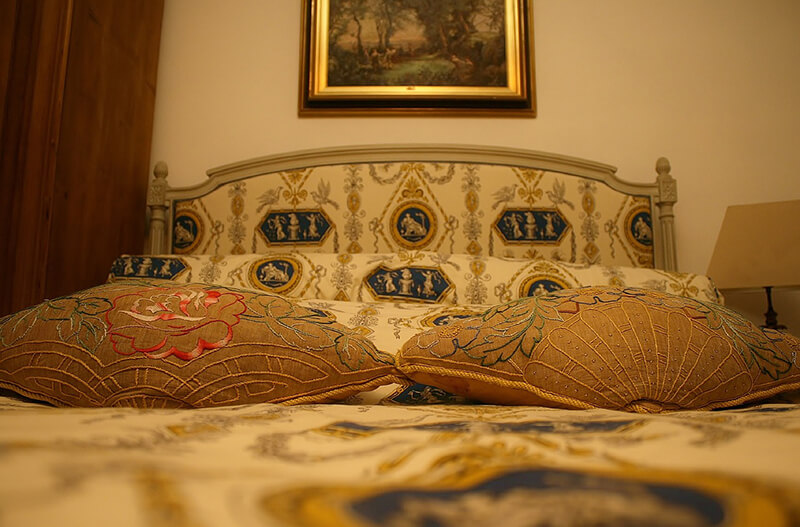Domestic Cleaning in a Shabby Chic Environment
Dust – The Enemy Of Shabby Chic
One of the glorious things about shabby chic style and its many offshoots, such as beach cottage style and cottage style, is that it is so laid back. There’s none of your pared-back minimalism, which is a relief for most of us who like to kick back and relax in a room. There’s no worry about getting fingerprints on the wooden furniture or metal or glass furnishings you get with sleekly polished modern stuff. It’s a family-friendly, pet-friendly and life-friendly style, which is why it’s stood the test of time so well.

However, a big temptation comes with a shabby chic style, and that’s the temptation to relax far too much and ignore the housework. Yes, you can get away with a bit of neglect, and you don’t have to go neurotic making sure that everything gleams yes, the idea is to look relaxed and lived in, but there’s a difference between shabby chic and just plain shabby. Boring, I know – you and I would probably much rather be scouring Camden Market or the local Sallies for a great new find, crafting, or whatever you love to do.
Your biggest enemy is dust. While dust isn’t quite as blatantly obvious as it would be in a minimalist style (honestly, living in a minimalist place would drive me mental), and you can get away with not dusting every day like a Victorian housemaid (I much prefer the modern-day term domestic cleaning lady), it’s still an issue that needs to be addressed. One thing with the doilies, the gnarly natural wood, and the ornately carved old mirror frames is that they provide lots of places for dust to settle.
Why Bother?
What’s the big deal with dust? Why do you need to bother? All the times I’ve mentioned this to some of my friends. When I’ve been doing shabby chic workshops, somebody usually trots out that old quote by Quentin Crisp about dust not getting any worse after seven years. This usually leads to a discussion about what the shabby chic ethos is all about. However, as I’ve always said, shabby chic isn’t about clutter or laziness. It’s about old-fashioned comfort and charm, with a celebration of imperfection.
For a start, if you’ve got an asthma sufferer in your house or among your friends, dust is highly likely to set off his or her reactions, which doesn’t exactly make for comfort and relaxation. Double this if you’ve got a cat or a dog in the house. Few things are as cosy and fitting with the shabby chic vibe as a cat curled up on a cushion (and if your cat is anything like mine, it will try its best to add to the distressed look of your furniture by scratching. I love my cat anyway!). However, the nasty asthma triggers come from skin particles from cats and dogs, making up a lot of the dust in your home. What’s more, pet hair, if it collects along with the dust bunnies in corners, inevitably blows about the place when you open the window and will land in your coffee cup – yummy (not)!
The next issue with dust is that if you do a Quentin Crisp and ignore it is that it does get worse. If you’re in one of the damper bits of London and your house is on the older side (which is perfect for the antique look, of course). Dust starts to grow mould and mildew, and that’s one quick way to ruin vintage or even vintage-look linens, cotton and other natural materials, as it’s hard to wash the marks out of fabric once mildew gets in. I lost a lovely old table runner learning this the hard way, and I’d hate this to happen to you.
Even if you don’t have a damp old home that tends to mildew (hooray for central heating!), dust can still wreck your décor. An aged patina of verdigris on copper or brass is sweet; a patina of dust on the coffee table isn’t. If dust is left for too long, it’s the right beast to get off, and it can permanently discolour paintwork, so it’s time to get out the sandpaper and start again. I guess that’s something you can’t get away with minimalism and may explain how the distressed finish thing got started in the first place.
Tricks And Tips To Cut Down On The Dust
OK, so the shabby chic vibe is supposed to emulate days gone by and that retro country cottage feels. However, we don’t live in days gone by when every woman is expected to be a full-time housewife with a maid or two on hand to help dust, sweep, and clean the whole house in a day. I ride the Tube to work every morning, Monday to Friday, and probably you’ve got to go out to work, too. We don’t have the time to dust everything all the time, but we want to make sure that we put the chic in shabby chic. So how do we ensure that we don’t go bonkers trying not to get cat hair in your spag bol, etc.?

I’ve learned a few things the hard way over the years, so here are some ways that you can avoid making the same mistakes I did:
- Pick your interior décor with care. There’s a fine line between the true shabby chic look and the plain old cluttered. You want your place to look like a home, not a jumble sale. Not everything has to have peeling paint (which will make it dust over time), and you don’t have to fill every flat surface with quaint knick-knacks and found objects. Pick your items with care. After all, being selective will allow you and your visitors to appreciate the beauty and charm of the things you love. To quote American clutter guru Kathy Lipp, cute gets lost in the clutter.
- Make friends with your iron and the hot wash cycle. Do you know why old-style farm cottages had tablecloths and those frilly runners and doilies everywhere? They catch dust for you, and they go into the wash. These days, doing the laundry doesn’t mean boiling everything for hours, so make the most of the ease of tossing everything into the washing machine. The great thing about linens and cotton is that they can handle a hot wash and are forgiving. So go with the flow and use those checked tablecloths and the runners and the throws – there’s a reason why they were part of the old country cottage look. The only thing is that they will wrinkle up, so you’ll have to haul the iron out. Fortunately, ironing is one of those chores that has a soothing quality to it, kind of like colouring books or handcrafting. And if you pop a bit of lavender essential oil in the steam iron (and you’ll need a steam iron for getting wrinkles out of old-fashioned cotton and linen), it becomes an aromatherapy session. And the other bonus about washing tablecloths, etc.? You get the perfect excuse to stock up on a collection, plus the chance to change up the look of your rooms.
- Use your stuff. A rolling stone gathers no moss, and something that’s used frequently won’t collect dust. So actually use those copper saucepans in the kitchen for cooking rather than display, use those gorgeous blue and white china pots for keeping your keys or pens or coins, and use the Mason jars you found at a church jumble sale for storing laundry powder or for dry goods in your pantry or your crafting gear. It won’t collect dust if handled daily or at least weekly.
Sure, you’ll also have to do some housework at some point. It’s good that old-fashioned tools like brooms and feather dusters work well with the retro look, and you can bring the shabby chic vibe to your cleaning cupboard.













